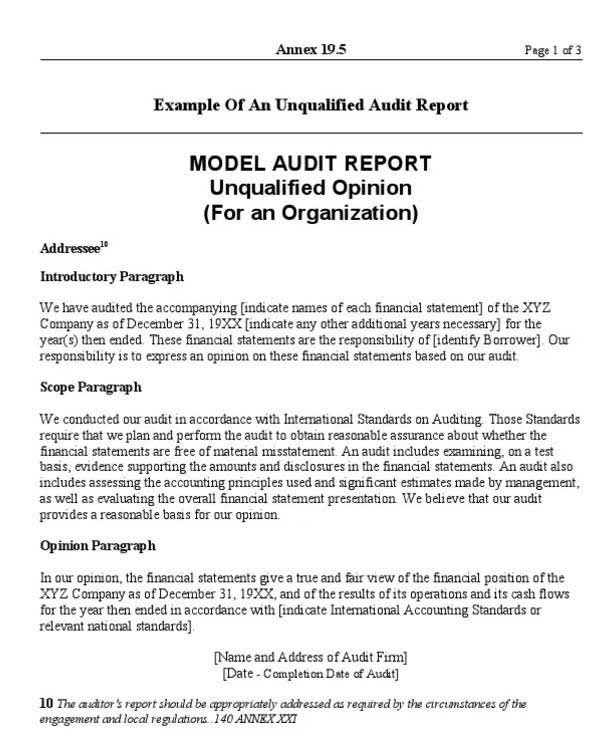
Furthermore, having multiple reliable suppliers can help to reduce the risk of supply chain disruptions and increase the overall resilience of the company. Work in process is used to report inventory items that are currently being constructed but are not yet done. Work in progress, on the other hand, is usually used to report capital assets on longer schedules that are not yet completed.
What is the Work in Process Inventory Formula?
- Therefore, it is important to find the right balance between the cost of holding safety stock and the potential cost of production downtime.
- This value indicates the total cost of materials, labor, and overhead added to the production process but still needs to convert into finished goods.
- A consulting agency can provide expert analysis and advice on specific inventory management issues, as well as help implement and monitor new inventory management strategies.
- Work in progress describes the costs of unfinished goods that remain in the manufacturing process, while work in process refers to materials that are turned into goods within a short period.
- The average cost of lipstick would then be $13.89, so she, therefore, sold 15 lipsticks at $13.89, for a total of $208.35.
- It is often deemed the most illiquid of all current assets and, thus, it is excluded from the numerator in the quick ratio calculation.
By implementing effective WIP tracking, you can gain valuable insights into your production process, optimize your operations, and improve your bottom line. In that case, it can reduce the amount of capital tied up in stock, improving cash flow and increasing profitability. Once the production process is complete, you transfer the furniture to the finished goods inventory. The more accurate https://www.bookstime.com/what-is-the-accounting-equation inventory records are, the easier it is to get instant and verified data about inventory, including the information required to calculate work-in-process inventory. Nobody wants their country’s tax office to audit them for filing incorrect taxes. WIP inventory is a taxed item since it is a current asset, and any understatement or incorrect accounting may incur significant penalties.

Source the Right Supplier

It’s instrumental in budgeting and in providing essential data for optimal budget allocation and management. Usually, accountants assign all raw materials, gather all labor and overhead costs, and then record the sum of all these costs as an asset entry in the balance sheet. The cost of purchasing a product what is an example of work-in-process inventory for an automobile company? factors into what it costs to make it (e.g., raw materials, labor, and production). Real-time data can provide manufacturers with the information they need to monitor the flow of materials and goods through the production process, identify bottlenecks, and make adjustments to improve efficiency.
- The cost of purchasing a product factors into what it costs to make it (e.g., raw materials, labor, and production).
- To stay competitive and aid brand owners in promoting their products, POS display manufacturers are focused on improving aesthetics and creating innovative product designs.
- This contributes to smoother operations, reduced lead times, and ultimately, faster delivery of finished products to your customers.
- Work in process (WIP) inventory refers to materials that are waiting to be assembled and sold.
- Below is an example from Proctor & Gamble’s 2022 annual report (10-K) which shows a breakdown of its inventory by component.
- It has everything you need to keep your products, customers, and transactions synced and secure, freeing you up to focus on your business.
- By tracking WIP inventory, manufacturers can identify bottlenecks in the production process and adjust to allocate resources appropriately.
How to optimize your inventory management with WIP inventory
WIP is classified as a current asset on the balance sheet and resides under the inventory section. The significance of WIP levels depends on the industry and specific business context. By following these steps, you can systematically calculate your WIP inventory and have a clearer understanding of your production process and current assets.
Foster a culture of continuous improvement
Higher sales (and thus higher cost of goods sold) leads to draining the inventory account. The conceptual explanation for this is that raw materials, work-in-progress, and finished goods (current assets) are turned into revenue. The cost of goods flows to the income statement via the cost of goods sold (COGS) account. Establishing safety stock levels is an important part of effective inventory management, and is particularly important for companies that operate in highly dynamic markets. These manufacturers often rely on just-in-time inventory management methods, and may be more vulnerable to disruptions in the supply chain. Your balance sheet may be impacted by understanding how to calculate WIP inventory appropriately.
In fiscal 2022, P&G had materials and supplies (raw materials) of approximately $2.2 billion, work in process of $856 million, and finished goods of $3.9 billion. Work-in-progress inventory consists of all partially completed units in production at a given point in time. The ending balance of inventory for a period depends on the volume of sales a company makes in each period.

WIP on a balance sheet

Track and manage time

